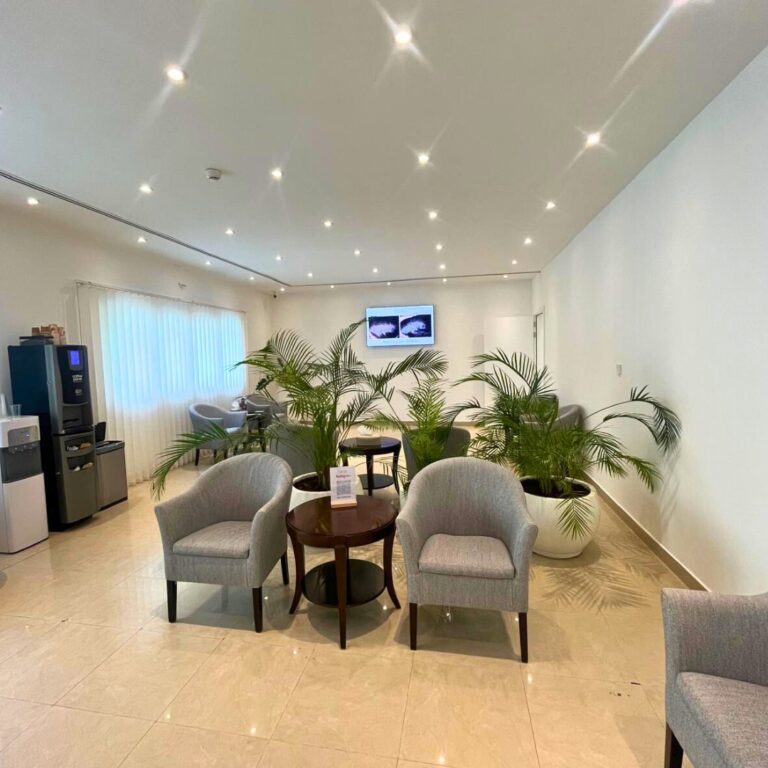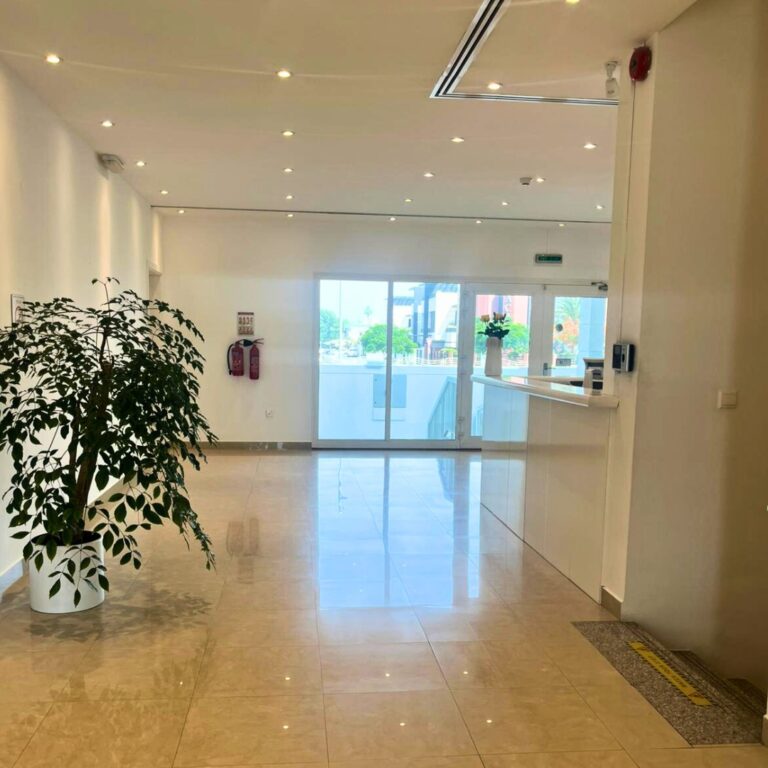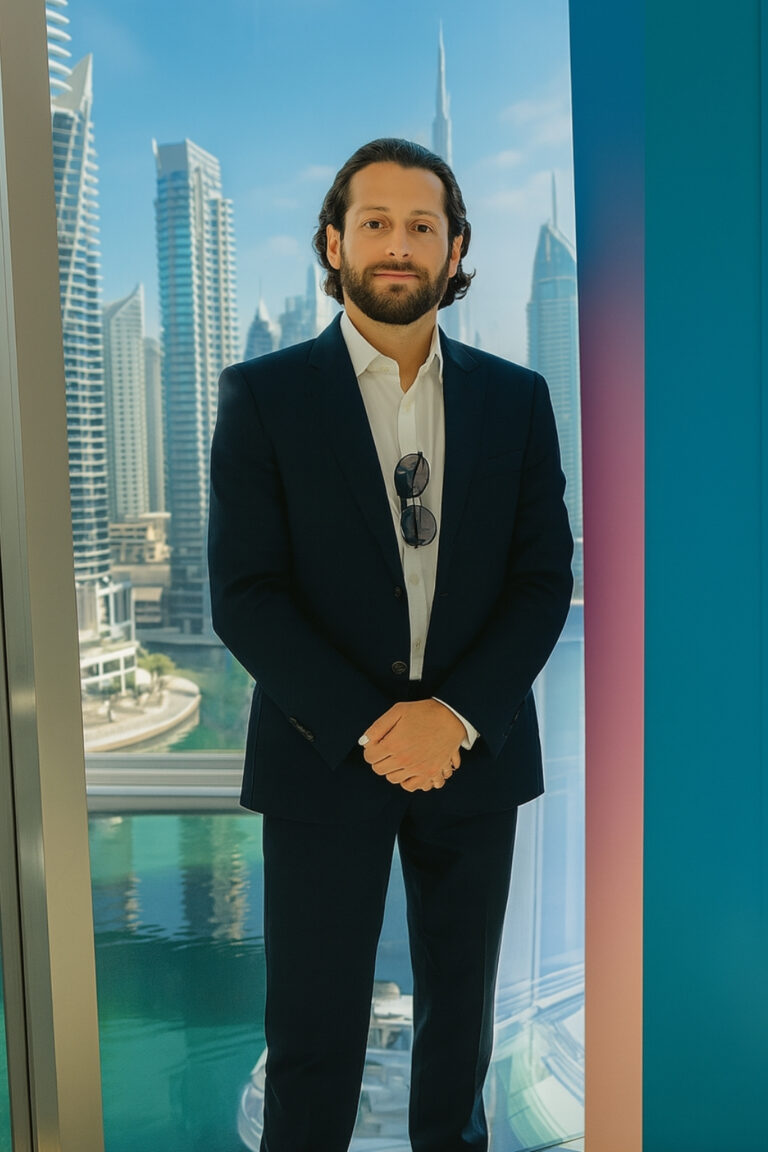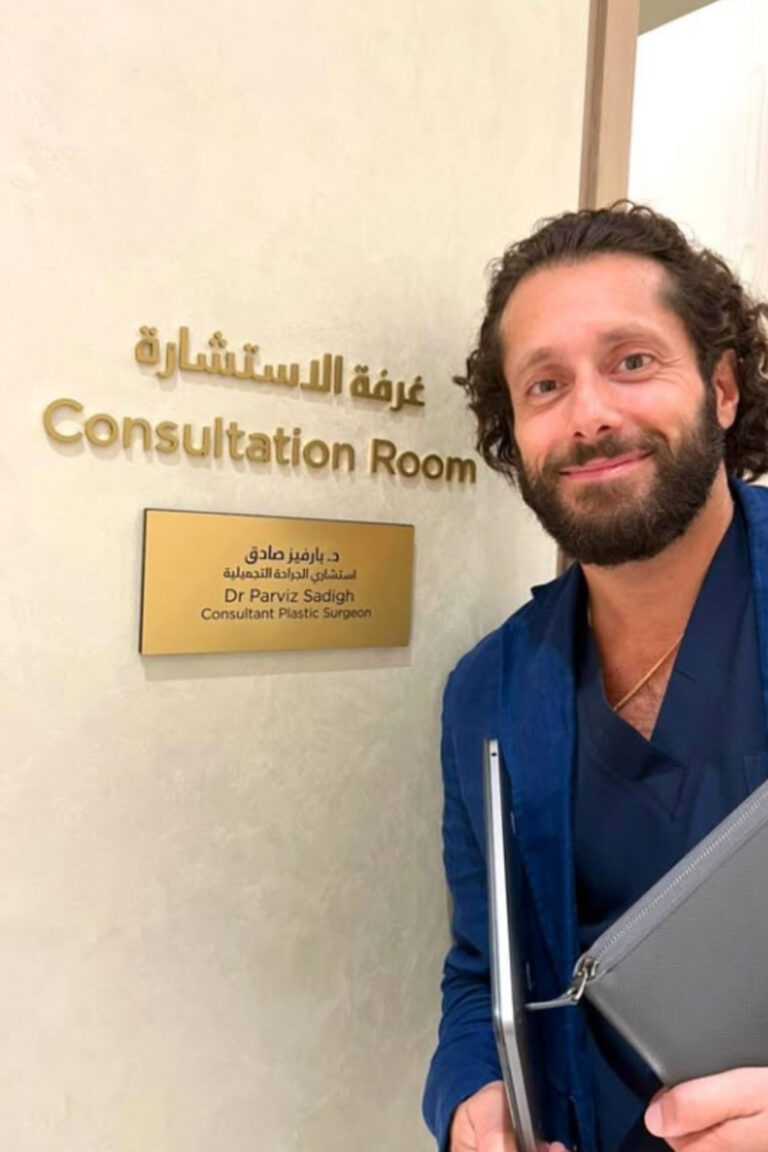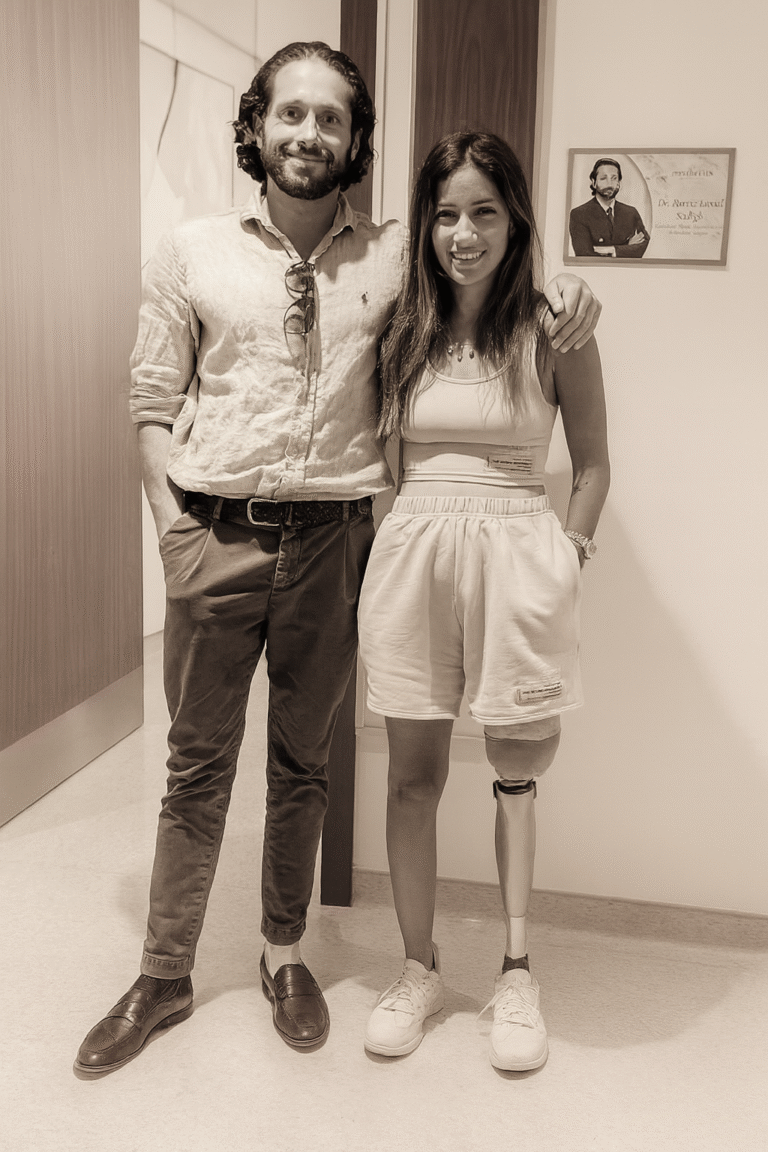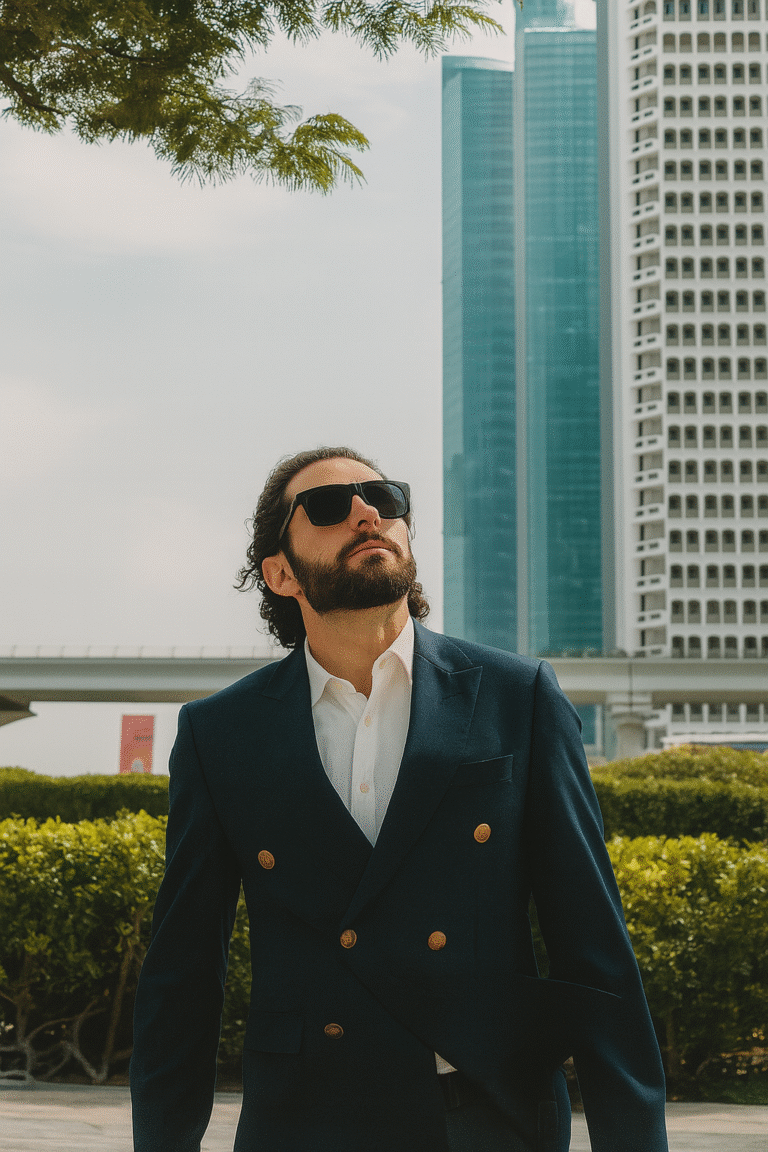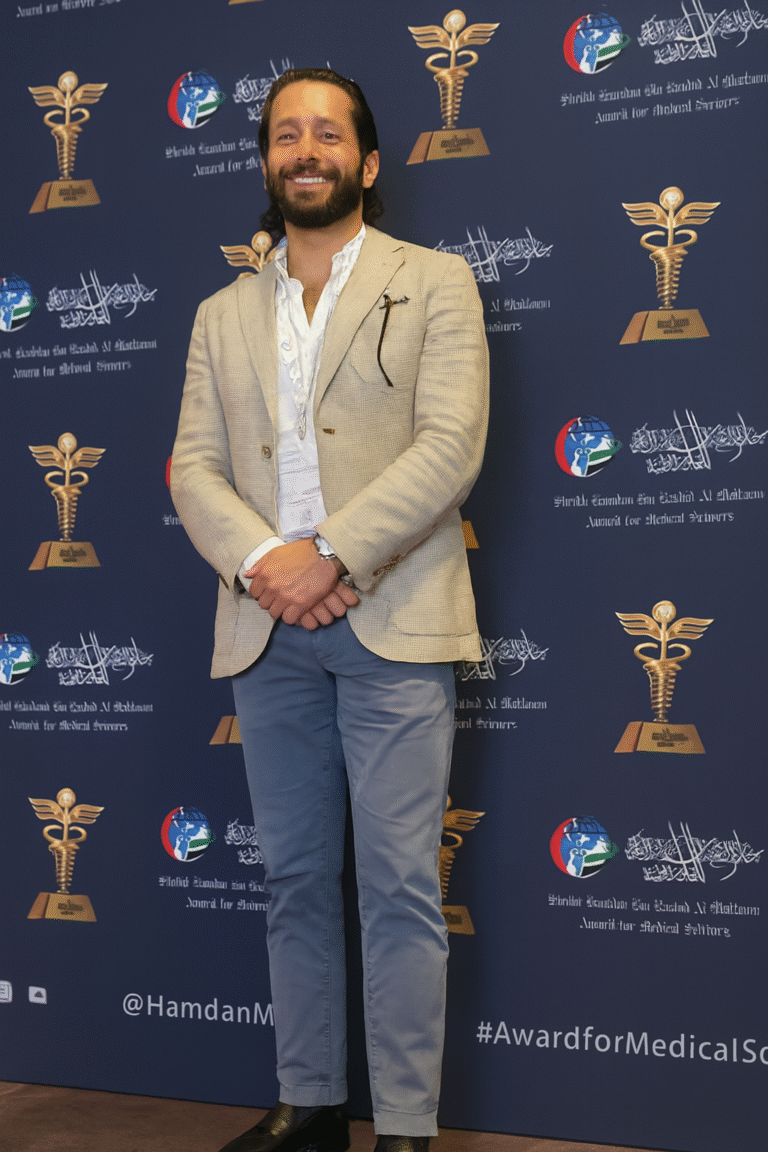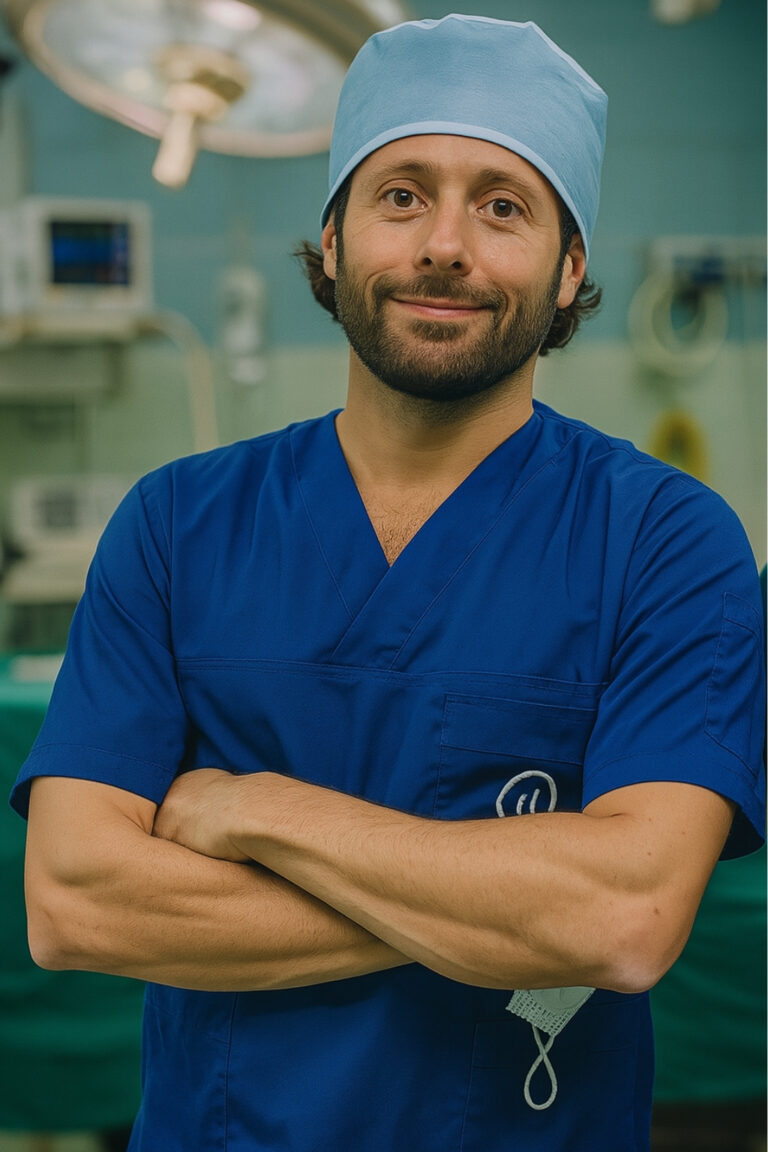British Plastic Surgeon in Dubai
Advanced Surgical Techniques
Dr Parviz Sadigh applies a range of highly specialised techniques in both major and minor reconstructive surgery. With international fellowship training and years of consultant-level experience, he is one of the few surgeons in Dubai performing advanced procedures such as microsurgery and supermicrosurgery with precision and consistency. These techniques are most often used in trauma, cancer reconstruction, and revision cases, but also support a range of aesthetic outcomes in complex presentations.
This page explains the core surgical methods used by Dr Sadigh in complex reconstructions, whether for facial trauma, limb salvage, chest wall defects, or abdominal repair.
Microsurgery
Microsurgery involves operating on small blood vessels and nerves under a high-powered microscope. It is a cornerstone of modern reconstructive surgery, especially for free tissue transfer. Dr Sadigh regularly uses microsurgical techniques for free flap reconstruction, nerve repair, and replantation procedures.
Supermicrosurgery
Supermicrosurgery is an advanced extension of microsurgery, working with even finer structures (vessels under 0.8 mm). This allows for ultra-precise reconstructions, particularly in lymphatic surgery or delicate digital repairs. Dr Sadigh trained in supermicrosurgical techniques during his time in Japan and South Korea, and applies them when conventional microsurgery is not sufficient.
Free Flap Reconstruction
A free flap involves transplanting tissue from one area of the body to another, reconnecting the blood supply using microsurgical techniques. These are commonly used after cancer excision or trauma, especially in the head, neck, and limbs. Dr Sadigh has performed a wide range of flap reconstructions – including radial forearm, ALT (anterolateral thigh), and DIEP (deep inferior epigastric perforator) flaps.
Grafts
Grafting involves transferring skin, bone, fat, or other tissues without reconnecting the blood supply directly. It’s often used for simpler repairs, burns, or post-surgical wounds. Dr Sadigh tailors graft choice to the patient’s condition and aesthetic goals, using both full-thickness and split-thickness grafts depending on the clinical need.
Local Flaps
Local flaps are created from tissue adjacent to the defect, rotated or repositioned to cover the wound. This technique preserves colour and texture match and is commonly used in facial and hand reconstruction. Dr Sadigh often uses local flaps to optimise outcomes for skin cancer excision, trauma defects, and revision surgeries.
Osseointegration
Osseointegration is the surgical integration of a prosthesis directly into the bone — typically for amputees. It provides better stability and control compared to traditional socket-based prosthetics. Dr Sadigh has supported osseointegration in complex limb reconstruction and rehabilitation, particularly in collaboration with multidisciplinary teams.
Nano-Fat Transfer
Nano-fat transfer involves the processing of harvested fat into a finer, more regenerative concentrate. This is often used in facial reconstruction and aesthetic rejuvenation to improve tissue quality, stimulate healing, and correct contour deficits. Dr Sadigh incorporates this technique in revision surgeries and post-trauma reconstructions.
Nerve Surgery
Peripheral nerve surgery requires microsurgical skill to repair or transfer nerves that have been damaged due to injury or tumour removal. Dr Sadigh performs nerve grafting, decompression, and functional nerve transfers for both reconstructive and functional restoration – especially in facial palsy or brachial plexus injuries.
